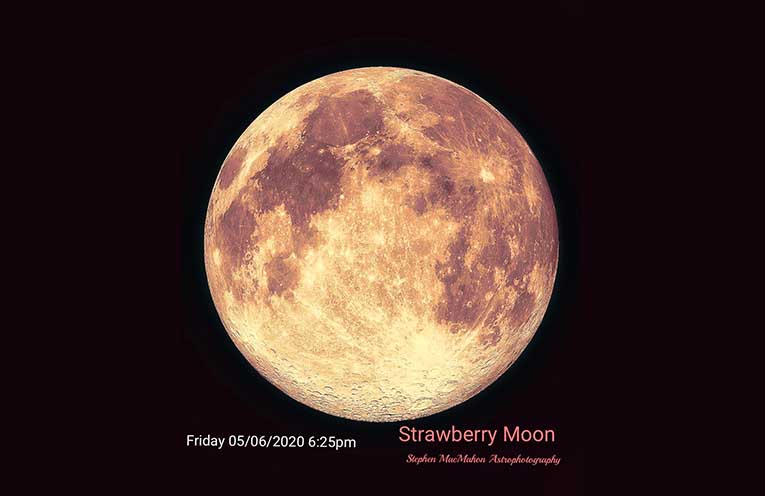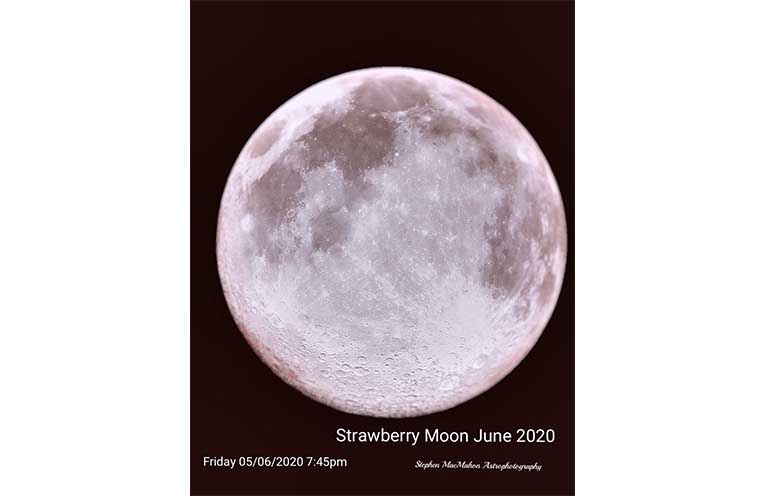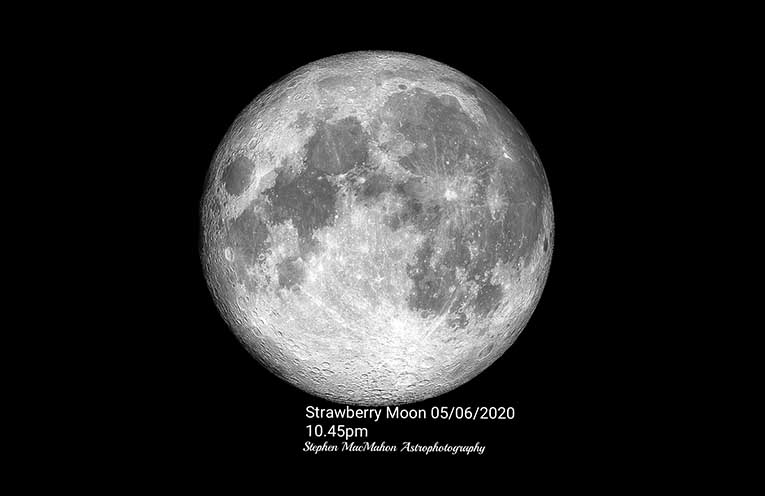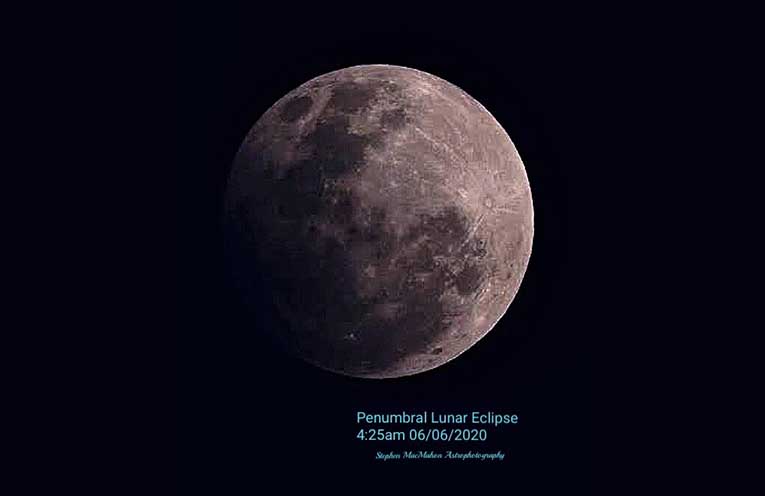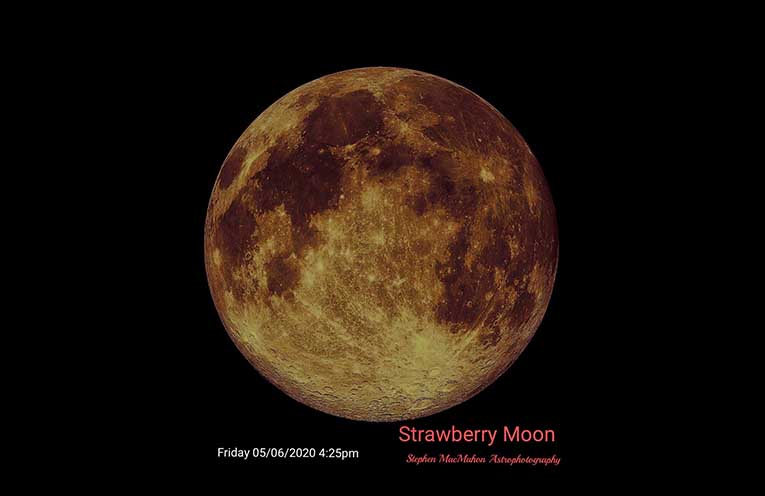
Tea Gardens Hawks Nest Astronomy Group
The moon is the easiest celestial object to find in the night sky — when it’s there!
Our Earth’s only natural satellite hovers above us bright and round until it seemingly disappears for a few nights. The rhythm of the moon’s phases has guided humanity for millennia — for instance, calendar months are roughly equal to the time it takes to go from one full moon to the next.
The moon, whether it is full or not has always been considered romantic.
Why is it so? There are innumerable stars and other heavenly bodies, including the Venus which is considered to be the goddess of love in Greek mythology, but why do all romantic poets and songsters usually focus on the moon?
Perhaps the moon may be the coolest thing a man can perceive in his life, besides his lady love. From Shakespeare to any country side poet — all do mention a lovely romantic moonlit night in their creations. Is it because it comes in the late evening and rules over all the night?
There is something haunting in the light of the moon; it has all the dispassionateness of a disembodied soul, and something of its inconceivable mystery.
The moon is a loyal companion. It never leaves. It’s always there, watching, steadfast, knowing us in our light and dark moments, changing forever just as we do. Every day it’s a different version of itself. Sometimes weak and sullen, sometimes strong and full of light. The moon understands what it means to be human. Uncertain. Alone. Cratered by imperfections!!!
Last Friday we witnessed the rise of the Strawberry Moon .
The Strawberry Moon is one the nicknames given to June’s full moon, but not because it turns vivid red, it got its name from the North American Algonquin Indian tribe and became well-known after the moon names that appeared in the Old Farmer’s Almanac in the 1930s.
Though “Strawberry moon” is the popular name but that is not the only one which is used to identify June’s full moon.
It turns out, it’s also called “Mead Moon” or the “Honey Moon“. Some old European writings suggest that June was when honey was ripe and ready to be harvested. Some used to ferment the honey by mixing water to form a drink named “Mead” and, this is from where this astronomical phenomenon gets its other names.
Due to it being the season of honey harvesting, the moon was also referred to as the “sweetest moon”. In fact, the tradition of calling the first month of marriage the “honeymoon” may also be associated with this full moon. It’s either because of it being the sweetest moon or the custom of marrying in June when the “Honey Moon” appears.
One of the beauties of this June Strawberry Moon was the subtle gentle changes in colour as it rises into the sky.
This month’s full moon was also accompanied with a partial eclipse.
According to NASA the moon was close enough to Earth and opposite to the Sun that on Friday’s full moon, it passed through part of the outer shadow of the Earth. This is called a “partial penumbral eclipse” of the moon. It was visible in the early hours of Saturday Morning.
This sequencing of the subtle changes in this attractive moon was rewarding to capture.
By Stephen MacMAHON
